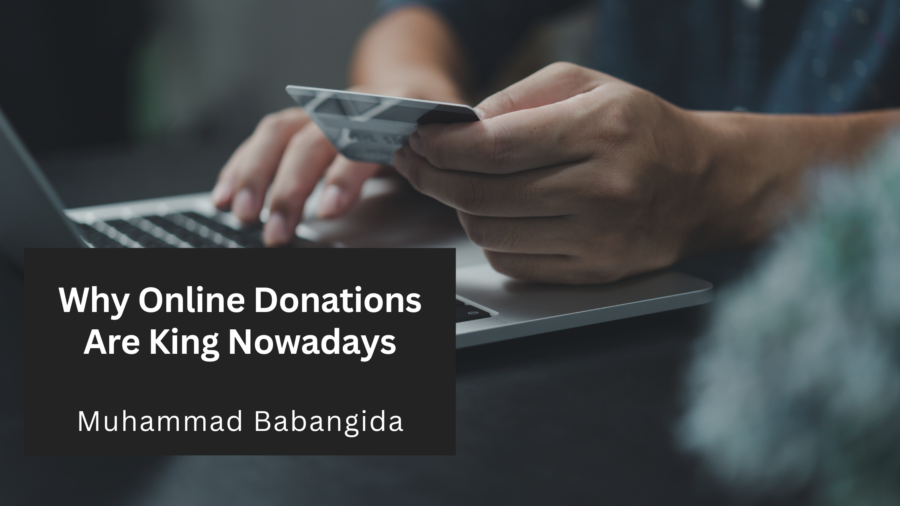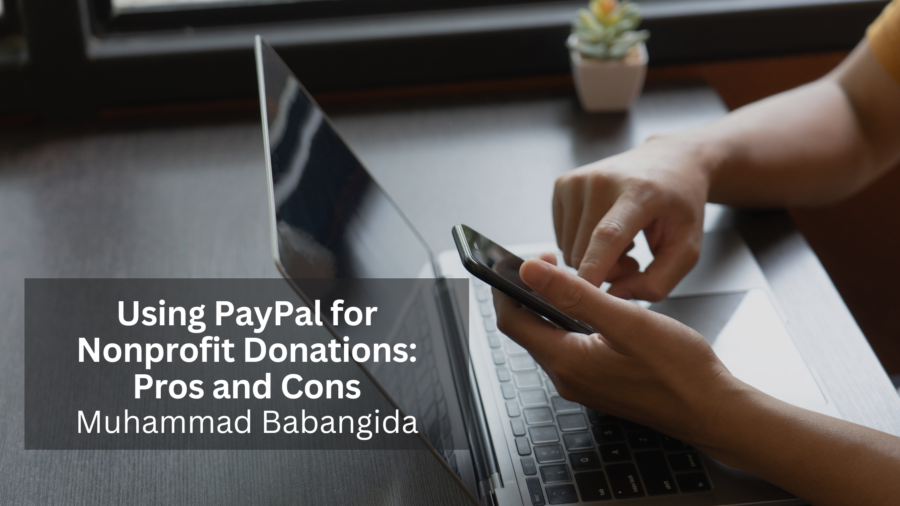The world of philanthropy is a whirlwind. You’re surrounded by inspiring causes, driven by a desire to make a difference, and constantly juggling projects, fundraising events, and grant proposals. It’s easy to get swept away in this tidal wave of good, burning the candle at both ends and neglecting your own well-being. But here’s the thing – you can’t pour from an empty cup.
Maintaining a healthy work-life balance in philanthropy isn’t about slacking off – it’s about sustainability. It’s about ensuring you have the energy, focus, and creativity to be your most effective self when making a positive impact. Here are some tips to help you find your zen in the passionate, yet demanding world of philanthropy:
- Set Boundaries (and Stick to Them): It’s tempting to check emails after dinner or answer calls on weekends, but constant accessibility leads to burnout. Establish clear boundaries between work and personal time. Turn off notifications when you’re off the clock and resist the urge to respond to urgent matters outside of designated work hours. Communicate these boundaries to colleagues and donors alike, and respect your own downtime.
- Prioritize Like a Pro: Not all tasks are created equal. Learn to distinguish between urgent and important, and don’t be afraid to say no to requests that don’t align with your priorities. Make a daily to-do list and allocate realistic time slots for each task. This helps you stay focused and avoid feeling overwhelmed.
- Delegate and Empower: Remember, you don’t have to be a one-person show. Delegate tasks to your team members, volunteers, or interns. Not only will it lighten your load, but it also empowers them to take ownership and develop their skills. Trust your team and celebrate their contributions to the cause.
- Schedule Self-Care (Seriously!): Treat self-care like a vital appointment. Schedule time for activities that recharge your batteries, whether it’s hitting the gym, spending time in nature, or simply enjoying a quiet cup of coffee with a good book. Taking care of yourself isn’t selfish – it’s essential for maintaining your energy and motivation in the long run.
- Celebrate the Wins (Big and Small): Working in philanthropy can sometimes feel like an uphill battle. Take time to acknowledge your accomplishments, even the small victories. Did you secure a new grant? Did your event exceed fundraising goals? Celebrate these wins with your team. Recognizing progress keeps you motivated and reminds you of the impact you’re making.
- Connect with Your WHY: Remember why you got into philanthropy in the first place. Reconnect with the passion that drives you. Reflect on the positive change you’re helping to create. This renewed sense of purpose can fuel your motivation and keep you going when the days get tough.
By following these tips, you can create a work-life balance that allows you to be your most effective self in the world of philanthropy. Remember, a happy and healthy you is a more impactful you. So go forth, make a difference, and do it with a smile (and a healthy dose of self-care)!










